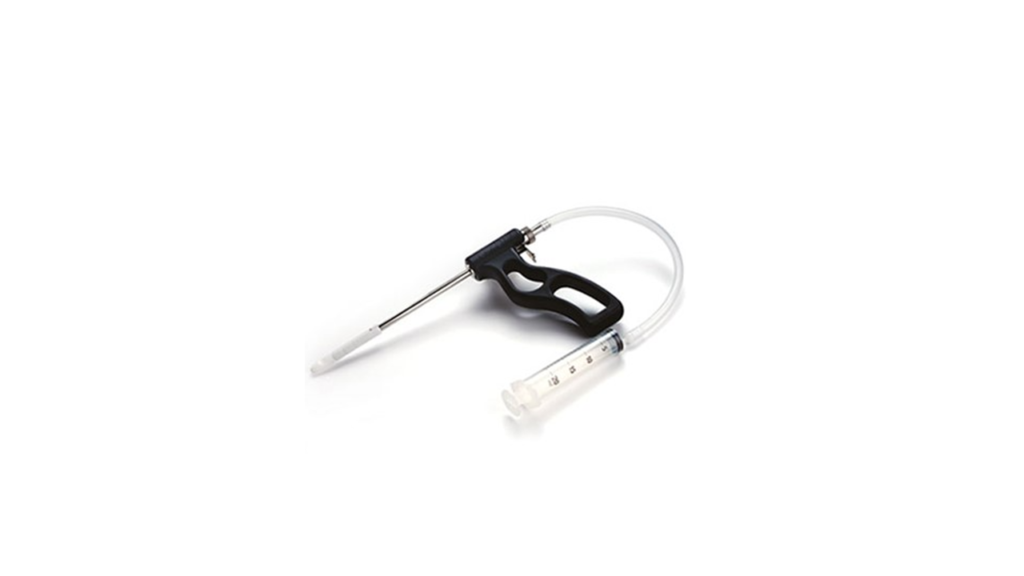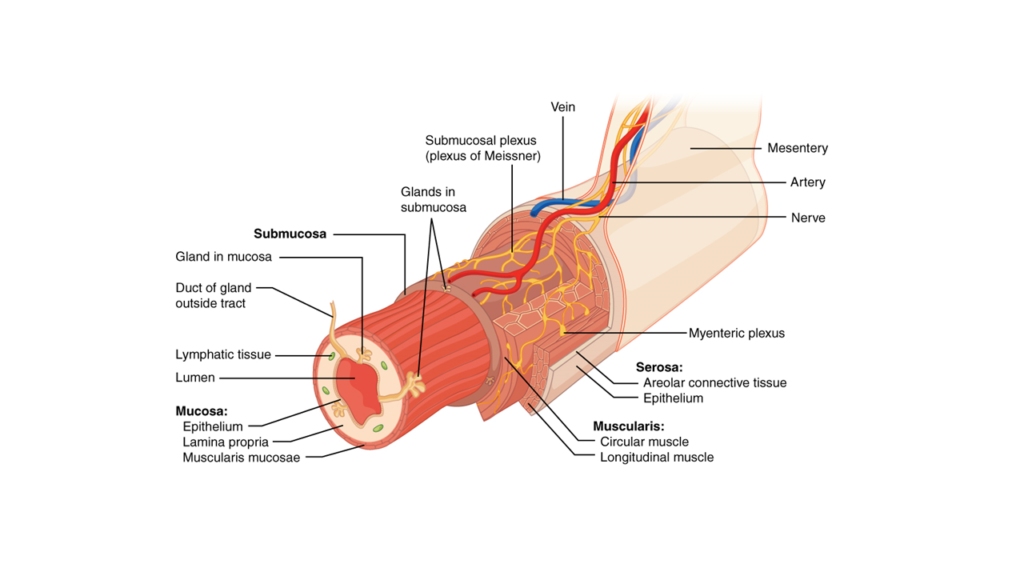Constipation is a common problem in childhood. Very rarely, an underlying and serious problem i.e. Hirschsprung’s disease, can be detected on biopsy. Importantly, most biopsies done are actually negative.
For parents, it can be quite difficult to decide if the time has come to discuss a biopsy with your paediatrician.
Here are some facts about rectal biopsies for constipation.


